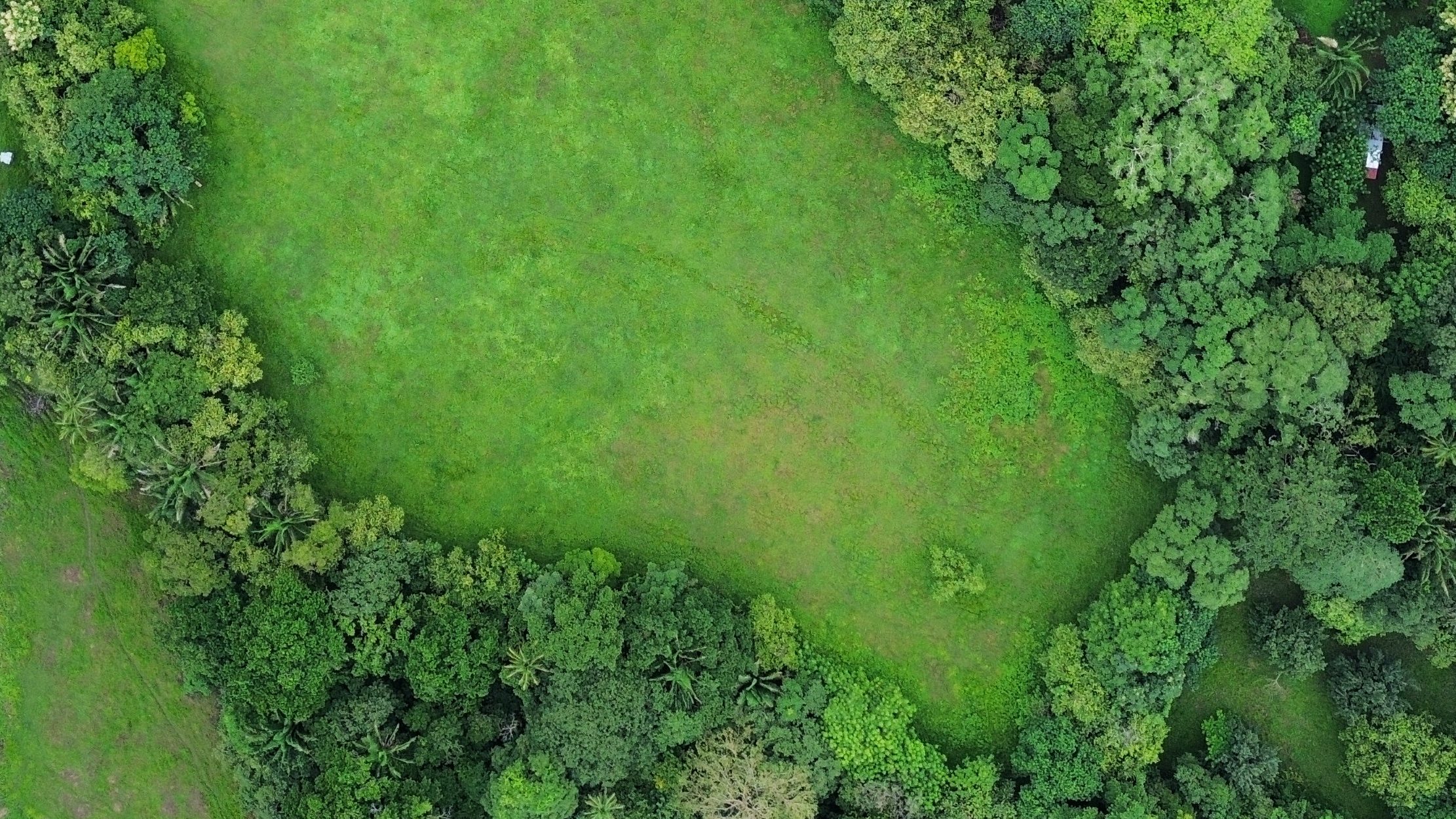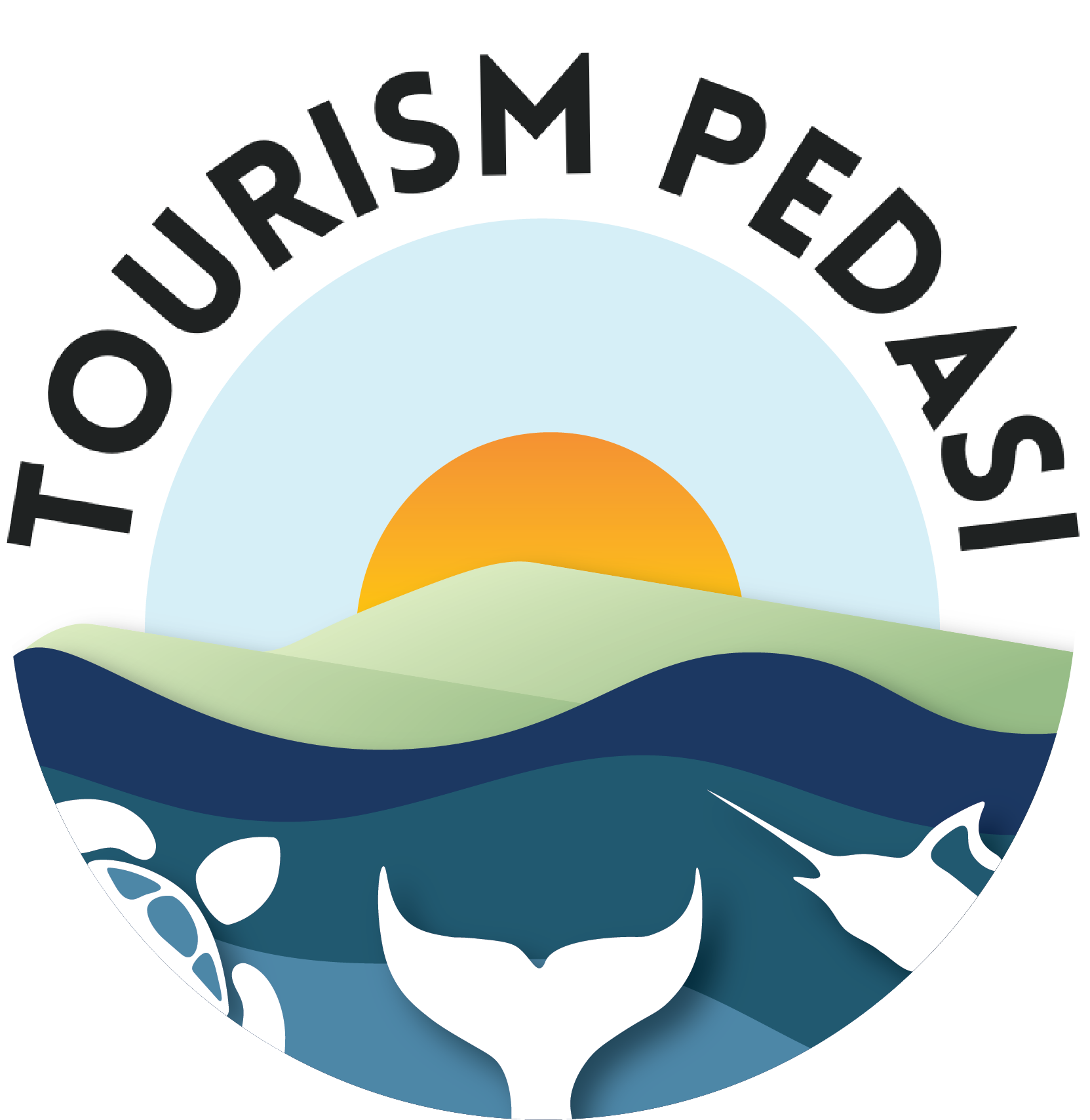
Before the arrival of the Spanish, the region that is now Pedasí was inhabited by indigenous communities native to the Azuero Peninsula. While archaeological evidence in the area is limited, it is known that these early peoples engaged in agriculture, fishing, and maintained rich cultural traditions. They lived in close relationship with the land and the sea, adapting their lifestyles to the coastal environment.
Colonial Founding
Although the exact founding date of Pedasí is not officially documented, many local sources cite the year 1716—linked to the creation of a Catholic parish and the formation of a small fishing and farming village. At the time, the Spanish Empire was expanding its control along the Pacific coast of the isthmus, and settlements like Pedasí played a strategic role in defense, evangelization, and food production.
The name “Pedasí” is believed to have indigenous roots, possibly from the Ngäbere language, meaning “small bay” or “little port”—a fitting name for a town shaped by its calm, picturesque coastline.
Becoming a District
The district of Pedasí was officially established in 1840, during the time when Panama was still part of Colombia. From that point forward, Pedasí developed as an agricultural community, with cattle ranching becoming a central part of both the economy and cultural identity. The influence of ranching is still seen today in local festivals, cowboy traditions, and community values.
Living Traditions
Pedasí has preserved many of its colonial-era customs. Traditional pollera dresses, folkloric music and dances, and religious festivities—such as the celebration of Santa Catalina, the town’s patron saint—continue to play a key role in its cultural life. These events bring together locals and visitors, celebrating the region’s deep heritage with color and pride.
Walking through Pedasí’s streets, you feel the connection between past and present. Its traditional quincha houses with clay tile roofs, the colonial church, and the warm smiles of its residents reflect a town proud of its roots yet welcoming to the future.
Pedasí is not just a place to surf or relax—it’s a place to discover the living history of Panama’s interior.
Come explore Pedasí and its rich cultural legacy for yourself!
